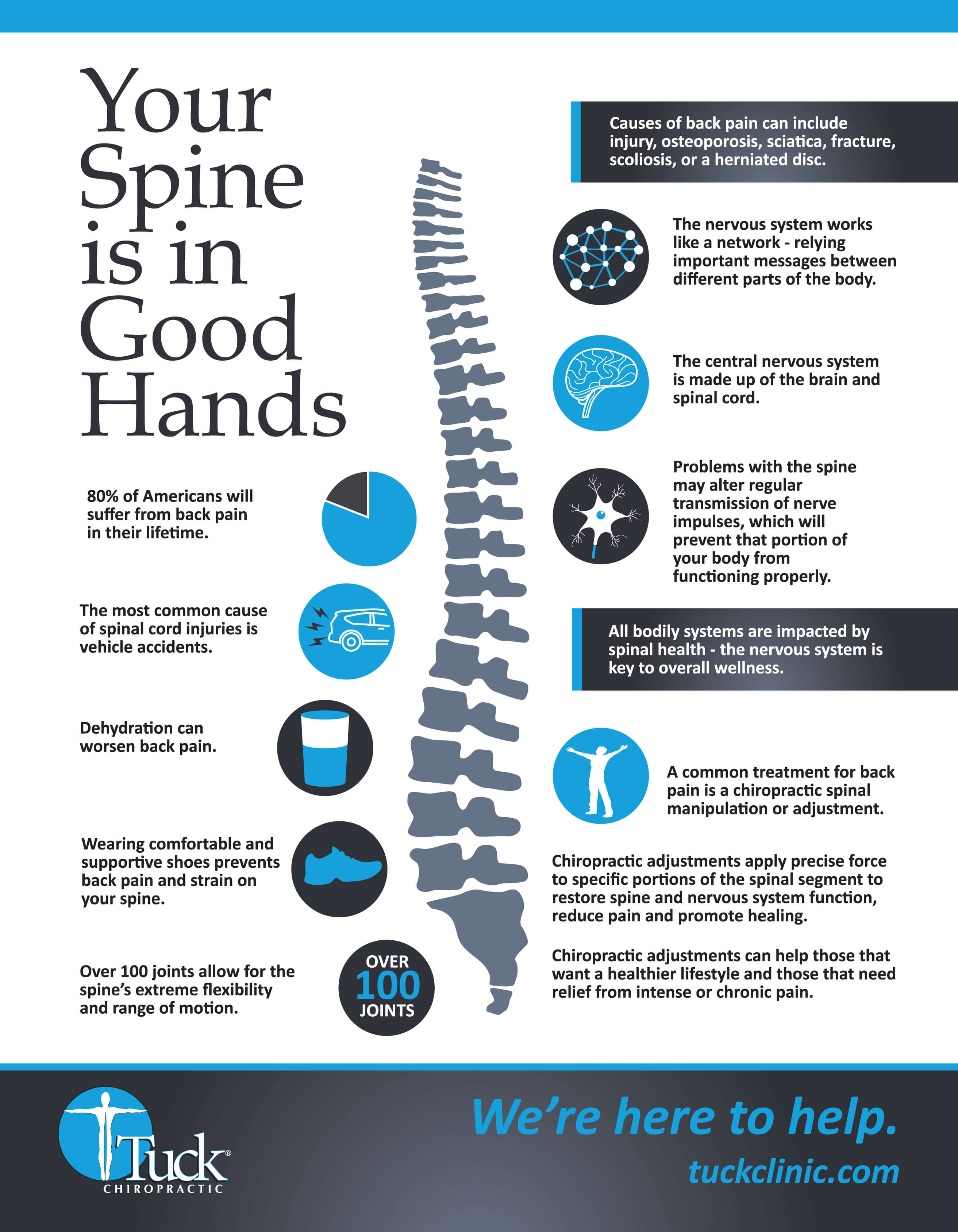Guidelines For Establishing An Ergonomic Workspace To Decrease Neck Pain: A Step-By-Step Overview
Guidelines For Establishing An Ergonomic Workspace To Decrease Neck Pain: A Step-By-Step Overview
Blog Article
Produced By-Bridges Mccall
To prevent neck pain at your workstation, ensuring your arrangement is ergonomically sound is essential. Envision a work space where each element is customized to sustain your body's positioning and minimize stress. By adhering to a couple of straightforward steps, you can change your workdesk area into a haven of comfort and performance. But how specifically can you accomplish this unified balance in between job and health? Allow's check out the necessary tips to create an ergonomic work space that will certainly keep neck discomfort at bay.
Assess Your Present Configuration
Wondering if your existing work area is adding to your neck pain? Take a moment to evaluate your setup. Start by looking at your computer monitor. Is it at eye level, or do you find yourself continuously seeking out or down? Change the screen to ensure that your look is normally in line with the top of the display.
Next off, consider your chair. Are you slouching or stooping over while you function? Your chair should support your reduced back and advertise excellent stance. Readjust the height to ensure that your feet are level on the flooring and your knees are at a 90-degree angle.
Take note of the setting of your keyboard and mouse. Are they within very easy reach, or are you regularly getting to and straining your arms and shoulders? Maintain these tools near your body to reduce unneeded movements.
Lastly, think about your lights. Is it also bright or also dim? Appropriate illumination can reduce eye pressure and reduce stress in your neck. Make these tiny changes to develop a much more ergonomic office and help alleviate your neck pain.
Adjust Your Chair and Workdesk
To create a much more ergonomic work area and minimize neck discomfort, guaranteeing correct adjustment of your chair and desk is crucial. Start by readjusting your chair so that your feet remainder flat on the flooring, knees are at a 90-degree angle, and your lower back is sustained by the chair's back support. Your desk should go to arm joint elevation to maintain proper arm setting and reduce strain on your neck and shoulders. See to it there suffices space under the desk for your legs to relocate comfortably.
When changing your desk elevation, ensure your wrists remain straight while inputting and utilizing the mouse. https://www.webmd.com/back-pain/news/20210709/no-evidence-muscle-relaxers-ease-low-back-pain should go to eye degree, regarding an arm's size away, to prevent you from stressing your neck by overlooking or up. Maintain your keyboard and computer mouse close to avoid overreaching, which can trigger shoulder and neck discomfort.
Bear in mind to take breaks and stretch regularly to stop stiffness and promote circulation. By appropriately readjusting your chair and workdesk, you can create a work space that supports excellent pose and decreases the danger of neck pain.
Setting Your Screen and Keyboard
For optimum functional designs and to alleviate neck pressure, proper positioning of your monitor and keyboard is essential in your office configuration. Begin by putting acupuncturist in new york city before you at arm's size away, making certain the top of the screen is at or somewhat listed below eye level. This helps reduce pressure on your neck by keeping it in a neutral placement.
Placement the key-board so that your joints are curved at a 90-degree angle and your wrists are straight while keying. Your key-board needs to be placed at an elevation that permits your shoulders to stay relaxed and your arms to be parallel to the floor. Additionally, make certain the computer mouse is placed alongside your key-board at the exact same level to avoid getting to or turning.
Keep in mind to take short breaks to stretch and change your posture throughout the day, keeping great alignment and stopping neck pain. An efficient workspace with appropriately placed monitor and keyboard can substantially affect your comfort and efficiency.
Conclusion
To conclude, by following these simple actions to create an ergonomic office, you can significantly decrease neck pain and pain. Remember to analyze your current setup, readjust your chair and desk, and position your display and key-board correctly. By taking these aggressive measures, you can boost your general convenience and efficiency while working.
